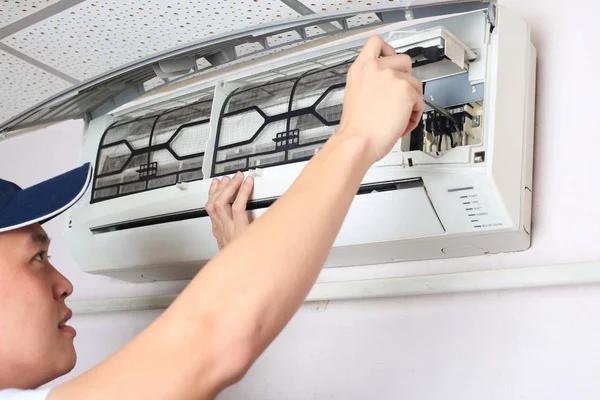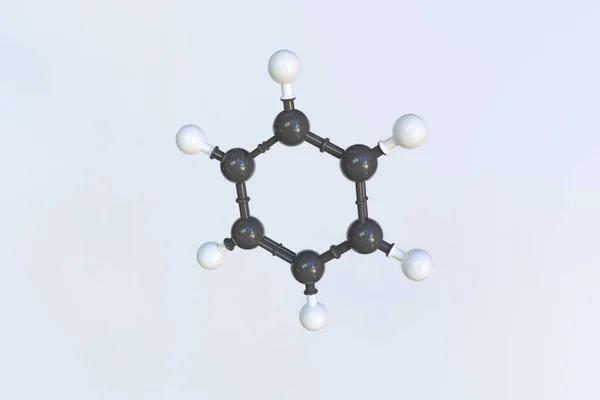
Everything You Need to Know About AC Refrigerant During Service
admin
- 0
Air conditioning systems rely heavily on refrigerant to function efficiently, making it essential to understand its role during service. Refrigerant is a chemical compound that absorbs heat from indoor air and releases it outside, enabling the cooling process. Over time, refrigerant levels may drop due to leaks or natural loss, which can compromise the system’s performance and increase energy consumption. When servicing an AC unit, technicians often check refrigerant levels as part of routine maintenance to ensure optimal operation.
One key aspect of AC refrigerant during service is identifying the correct type used in a specific system. Different units require different refrigerants depending on their design and manufacturing date. Older systems commonly use R-22 refrigerant, which has been phased out due to environmental concerns related to ozone depletion. Newer models typically utilize R-410A or other learn more about it here eco-friendly alternatives that have less impact on the environment while maintaining effective cooling capacity. Using the wrong type of refrigerant can damage components and reduce efficiency, so proper identification is crucial.
During service, professionals first inspect for any signs of leaks since low refrigerant often indicates leakage somewhere in the system. Leaks not only reduce cooling effectiveness but also pose environmental hazards because many types of refrigerants are potent greenhouse gases when released into the atmosphere. Technicians employ specialized tools such as electronic leak detectors or ultraviolet dye tests to locate these leaks accurately before proceeding with repairs.
Once leaks are repaired if found, recharging the system with the appropriate amount of refrigerant follows next. It’s important that this process is precise; overcharging or undercharging can lead to mechanical issues like compressor failure or reduced lifespan of parts within the AC unit. Proper charging ensures balanced pressure inside coils and pipes for efficient heat exchange.
Additionally, handling refrigerants requires adherence to safety protocols due to their chemical properties and regulatory restrictions governing their use and disposal. Certified HVAC technicians receive training on safely recovering old refrigerants without releasing them into the atmosphere and disposing of them according to legal guidelines.
Understanding how air conditioner refrigerants work during service helps homeowners appreciate why regular maintenance matters beyond just cleaning filters or checking electrical components. Maintaining correct refrigerant levels improves energy efficiency, prevents costly breakdowns, reduces environmental impact, and extends equipment life span by keeping all parts functioning smoothly under ideal conditions throughout each cooling season.


